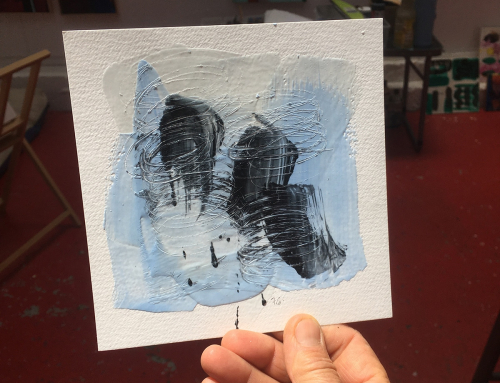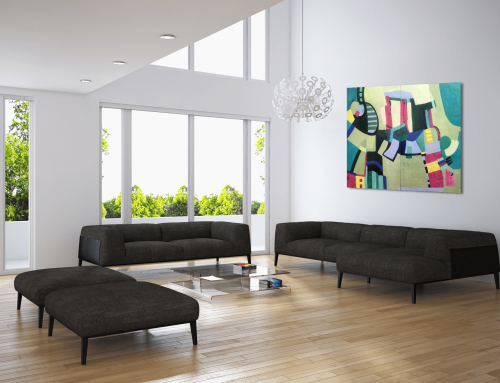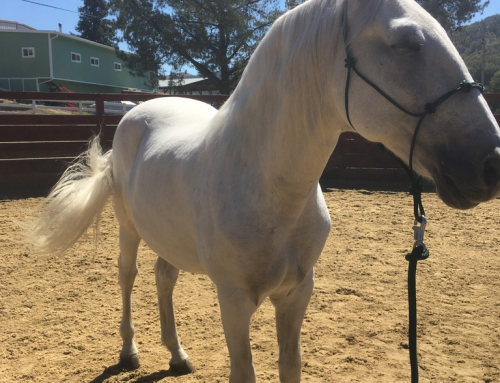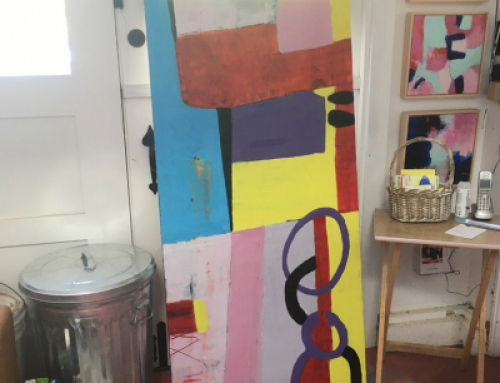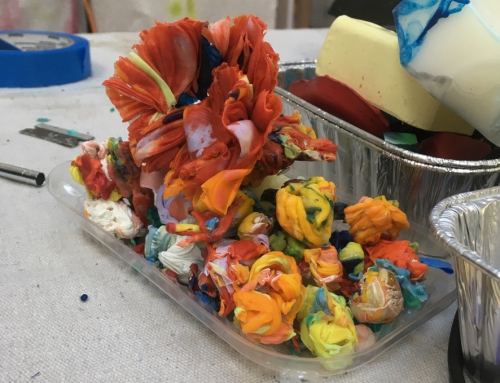In my post titled Producing a Positive Experience, I came up with a short list of ideas that I hoped would lead to a positive experience for me at the recent Superfine Artfair. As I look at the list now, I see I followed through on most of them and thus had a great time at the fair!
It’s important to distinguish between positive and successful. Positive feels more experiential where as successful has the sound of dollars and cents. I focused on the positive believing it would lead to the financial success I also desired. Click on the link above if you’d like to read that post.
Here are two ideas from that post I’d like to explore.
1. Have no expectations.
By not focusing on the outcome I was able to be present for the attendees and to listen to their needs and desires. I also kept a very positive mindset and imagined my work going to new homes!
2. Eat well and get my sleep.
I didn’t do too well on this one.
The fair was located on the ground floor of a convention center. Doors opened at 11am so I’d arrive around 10:30 or so. After checking my booth to make sure everything was in place I’d run upstairs to the cafe where they had the best oatmeal cookies. One large cookie and coffee kept me going until the late afternoon. Then my booth mates and I would either call for delivery or hit the food trucks located on the corner. Doors closed around 10pm and I never got to bed before midnight.
Veggies would have helped!
—-
In deconstructing my positive and successful experience at the fair, I’ve highlighted some specific tools and strategies that helped me engage with my viewers.
Listening.
I listened.
I asked, “Are you looking for a piece?”
I listened some more. Details would come out.
Blue. Something in blue but not too large. I’ve run out of wall space.
This information was priceless. It allowed me to help solve their problem and identify what size paintings they needed.
I stood to the side and gave them time to look at the work and talk among themselves. Present but not hovering and available to answer questions.
Portfolio.
I brought more paintings down than I had room for on the booth wall. I paid for live storage which meant I could access the work at any time and bring it out to the floor for interested customers.
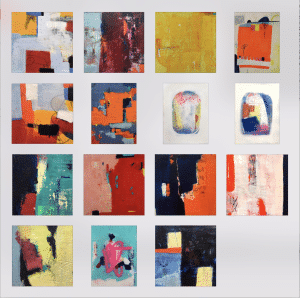
Complete portfolio
I used Artwork Archive to create a web based Superfine! Portfolio page that I could quickly bring up on my iPad to show customers. This is how I was able to sell a painting that was not on the wall!
I’d ask, “Would you like to see what else I brought?” Curiosity always wins.
To explain the encaustic process, show my studio and what my art looks like in homes, I brought my Social Print Studio look books. These books help people imagine what their homes could look like with my art and they get to know me more through the conversations.
Availability.
It was worth it to pay extra to have live storage on site. This meant I could access additional paintings during the show and put up a new piece when a painting sold.
Presentation.
Of the three paintings I sold two had frames. My encaustic neighbor sold many small framed paintings. Some artists frame and others don’t. And some artists frame some paintings.
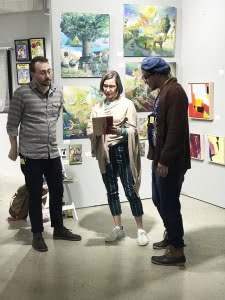
Notice framed and unframed paintings.
In my last newsletter I asked what my readers thought about framing and the responses were mixed too! Some felt it was better for the buyer to choose whether to frame or not. Others felt a frame adds value and enhances the presentation.
I recently sold 3 paintings two of which were framed. The buyer ended up taking the third to the framer after having tested it out unframed in his home. Could framing be a personal decision?
Some framers I’ve used are:
Metroframe based in Minnesota. I used them to frame a large 48″ x 36″ painting. Pricey and gorgeous.
Frankenframe another popular framer many locals use.
Neilsen Arts Local Berkeley framer who now has a new selection of floater frames for deep panels. Just framed a piece for one of my collectors. Looks great!
Sticks Framing Another local Berkeley framer. I often use them to frame my paper pieces.
Purchase.
My neighbor from Lithuania finally sold one of her amazing handmade head pieces. When it came time to make the sale she didn’t have a plan. She tried every option in Paypal and nothing worked. Her customers were so patient and understanding. Eventually the organizers were called and they made the sale for her on their account and would then pay her.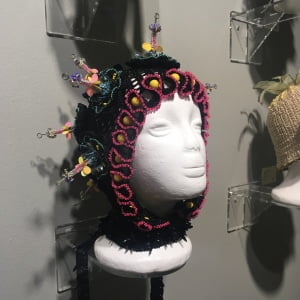
I asked hadn’t she thought about how she was going to receive payment? She answered that she was so busy in all of the other preparation for the show she didn’t have time to work it out.
I suggested she get a Square Reader. One swipe of a credit card and money goes straight into your account. Very handy and simple to use on my iPhone.
Do you have a card?
I do. MOO business cards. Different images can be printed in one order. This came in handy when I gave someone a card of their favorite painting. I also would spread the cards in my hand and ask the person to choose one. This allowed me to learn what people liked.
If you have some strategies for a successful art fair please add them in the comment section below. Let’s learn from each others experiences!
XOXO
Francesca


